Editor’s Note: Dimitri Mikroulis is perhaps the most influential reticle designers in the industry. His ACSS design, sold on Primary Arms, has proven to be the simplest, quickest method of ranging a human-size target, compensating for bullet drop, leading a moving target, and holding for crosswind. In essence ACSS fuses an accurate rangefinder into the reticle. No conversion from reticle measurement units to distance units is necessary. It merges range-finding and bullet drop compensation holdover marks so that the operator simply matches the target to the range. In short, Dimitri knows his way around optics from the inside out. His advice will be useful for both neophytes and long time AK aficionados.
Q: Before we talk about optics and mounts, let’s talk about your experience in designing optic reticles and testing scopes. You are credited for developing a reticle called ACSS that used in high end gear such as Trijicon models. What’s the advantage of your reticle and how do you use it?
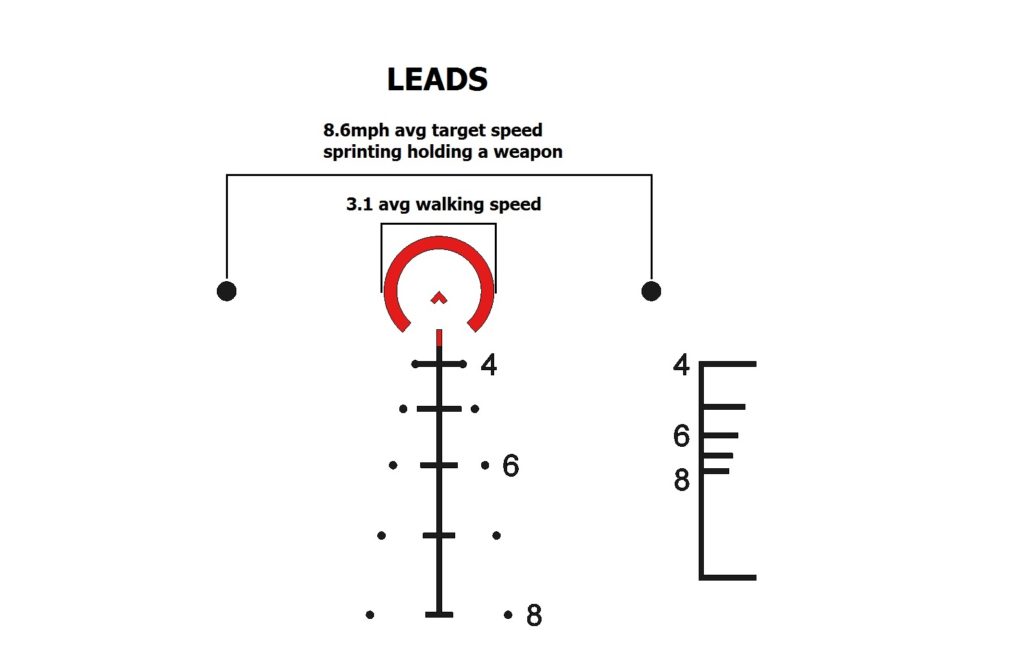
A: I have been involved in more than 40 projects and I’ve cut more glass then any other reticle designer. My designs entail different applications of fire ranging from CQB optics to long range precision. The advantage of the ACSS system is accurate bullet drop compensation that’s been calibrated for certain focal length–designed to not only for range estimate but hold for wind and lead targets. Essentially, it focuses on the most crucial aspects of CQB/Mid range combat shooting.
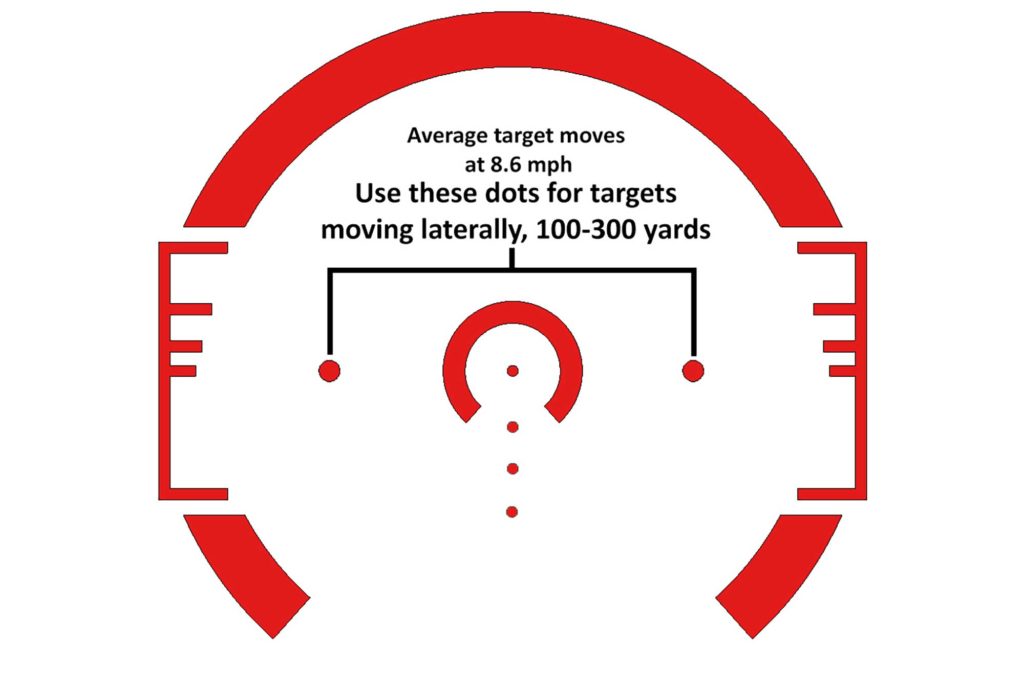
Q: Let’s look at scope mounts available on the market these days. What mounts do you recommend?
A: For an AK-47 using a red dot I prefer an Ultimak rail the optic mounted all way to the back to avoid any kind of heat transfer. I also am a big fan of the Midwest Industry GEN Two with ACOG base for any kind of prism style optic.
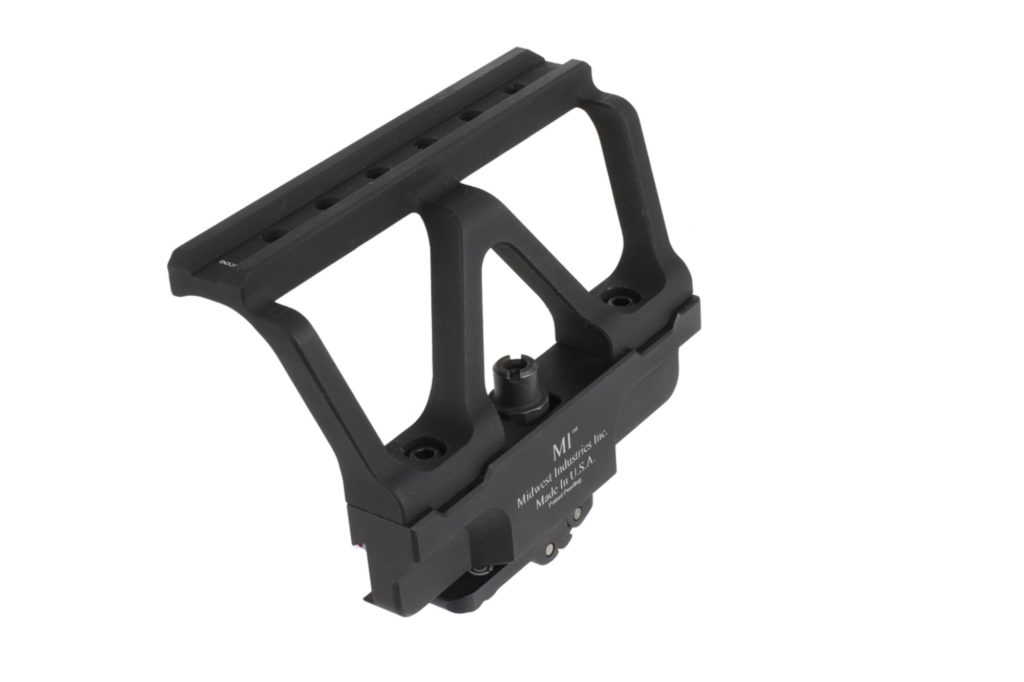
Q: Is it possible to co-witness on an AK given how high the optics are usually mounted?
A: There are two ways to co witness on an AK one is using an Ultimak and red dot another is to use amount that lifts the Scope high enough that allows you to see your irons co witnessing that way.
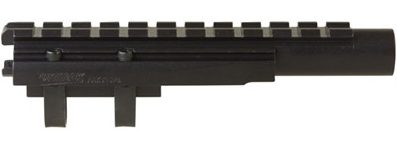
Q: What should someone look for in an optic for an AK?
A: I think the key attribute to look for an optic for an AK would be durability or an optic design to work without electronics or batteries.

Q: What kind of optic should you buy if you like to shoot long distances—say to hit steel plate at 400 yards? What about for close quarter combat? How much do you need to spend for both of the above scenarios?
A: I think a great optic to be able to do both would be the Primary arms 3x ACSS-CQB, Primary arms 1-6x , Trijicon 1.5x ACSS or Primary Arms ACSS Cyclops.
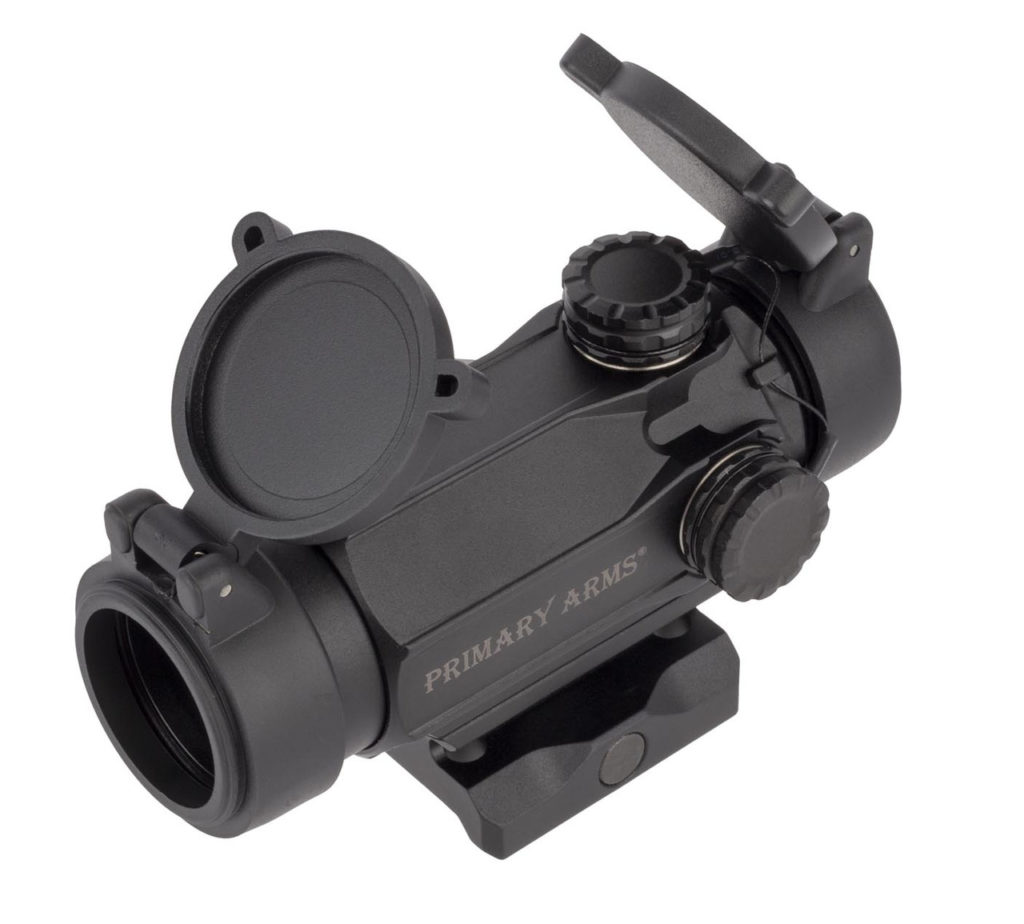
Q: Can you suggest some inexpensive red dot optics should a new AK owner should consider?
A: I would say the Primary Arms line Holosun is another great choice if you have astigmatism then the Acss Cyclops.
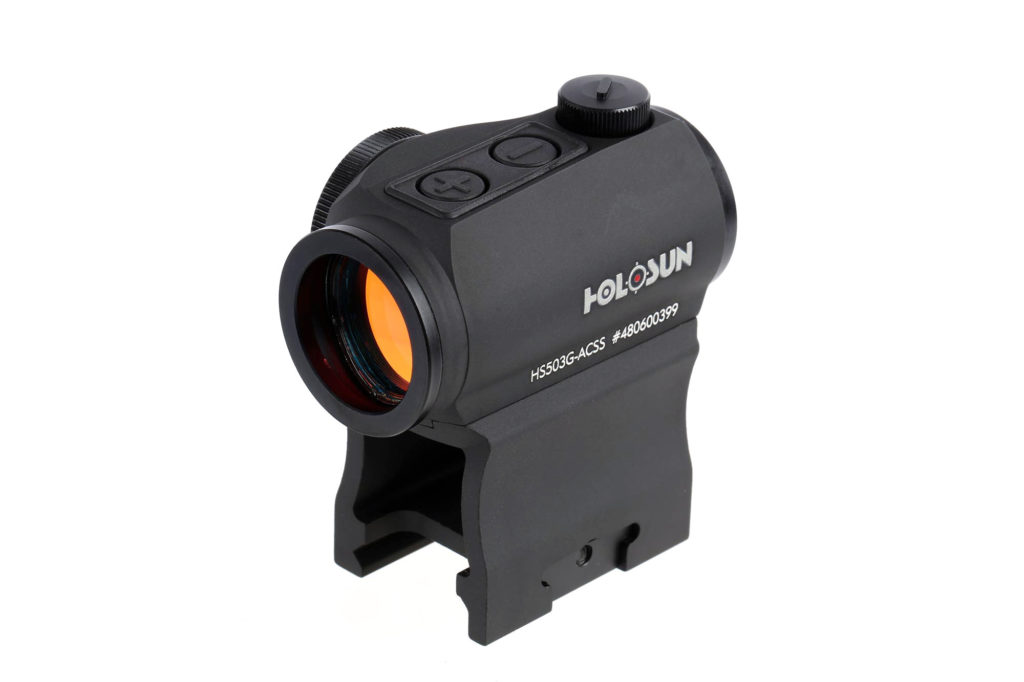
Q: If money is no object, what do you think is the best all-around AK optic and why?
A: Even if money was not an issue I would say the Primary Arms 3x, 1X Cyclops or Trijicon ACSS TA44. Money doesn’t always solve the issues of range estimation, wind and lead ballistic solutions on the fly.

Q: Any other tips when it comes to buying an optic?
A: Avoid marketing hype and look for capability. If possible reach out to the experts and speak with the guys who use the type of gear you’re interested in, day in and day out.


















